1. Edwards K, McCluskey A. A survey of adult power wheelchair and scooter users. Disabil Rehabil Assist Technol. 2010; 5(6):411–419. PMID:
20450455.

2. JUNG HS. A Survey on the Use of Power-Mobility Devices (Powered Wheelchairs and Scooters). Eumseong, Korea: Korea Consumer Agency;2015. 11. 30.
3. Evans R. The effect of electrically powered indoor/outdoor wheelchairs on occupation: a study of users' views. Br J Occup Ther. 2000; 63(11):547–553.

4. Magasi S, Wong A, Miskovic A, Tulsky D, Heinemann AW. Mobility device quality affects participation outcomes for people with disabilities: a structural equation modeling analysis. Arch Phys Med Rehabil. 2018; 99(1):1–8. PMID:
28784356.

5. Pettersson I, Hagberg L, Fredriksson C, Hermansson LN. The effect of powered scooters on activity, participation and quality of life in elderly users. Disabil Rehabil Assist Technol. 2016; 11(7):558–563. PMID:
25799878.

6. Ministry of Health and Welfare. The Insurance Benefits Criterion of Power-Mobility Devices. Sejong, Korea: Ministry of Health and Welfare;2008.
7. Ministry of Food and Drug Safety. Statistics on the Production and Export of Medical Devices. Cheongju, Korea: Ministry of Food and Drug Safety;2017. 5. 30.
8. Brandt A, Kreiner S, Iwarsson S. Mobility-related participation and user satisfaction: construct validity in the context of powered wheelchair use. Disabil Rehabil Assist Technol. 2010; 5(5):305–313. PMID:
20131976.

9. Hastings J, Robins H, Griffiths Y, Hamilton C. The differences in self-esteem, function, and participation between adults with low cervical motor tetraplegia who use power or manual wheelchairs. Arch Phys Med Rehabil. 2011; 92(11):1785–1788. PMID:
21762872.

10. Rho JY, Yang HS, Kim KY, Jang CH, Lee SM, Park YO, et al. A survey on the actual condition of the use of powered wheelchair and scooter. J Korean Acad Rehabil Med. 2011; 35(1):115–121.
11. Kloosterman MG, Snoek GJ, van der Woude LH, Buurke JH, Rietman JS. A systematic review on the pros and cons of using a pushrim-activated power-assisted wheelchair. Clin Rehabil. 2013; 27(4):299–313. PMID:
22952307.

12. Brandt A, Iwarsson S, Ståhle A. Older people's use of powered wheelchairs for activity and participation. J Rehabil Med. 2004; 36(2):70–77. PMID:
15180221.

13. Kim J, Shin SD, Im TH, Lee KJ, Ko SB, Park JO, et al. Development and validation of the excess mortality ratio-adjusted injury severity score using the International Classification of Diseases 10th Edition. Acad Emerg Med. 2009; 16(5):454–464. PMID:
19388920.

14. Dawson D, Chan R, Kaiserman E. Development of the power-mobility indoor driving assessment for residents of long-term care facilities: a preliminary report. Can J Occup Ther. 1994; 61(5):269–276.

15. Mortenson WB, Miller WC, Boily J, Steele B, Odell L, Crawford EM, et al. Perceptions of power mobility use and safety within residential facilities. Can J Occup Ther. 2005; 72(3):142–152. PMID:
15988961.

16. Editorial Office of the Peace of Traffic. Urgent needs for power-mobility devices user safety. Peace Traffic. 2016; (169):18–20.
17. Huisingh C, Levitan EB, Irvin MR, MacLennan P, Wadley V, Owsley C. Visual sensory and visual-cognitive function and rate of crash and near-crash involvement among older drivers using naturalistic driving data. Invest Ophthalmol Vis Sci. 2017; 58(7):2959–2967. PMID:
28605807.

18. National Highway Traffic Safety Administration. Traffic Safety Facts: Older Population. Washington, D.C.: National Highway Traffic Safety Administration;2019.
19. Coopersmith HG, Korner-Bitensky NA, Mayo NE. Determining medical fitness to drive: physicians' responsibilities in Canada. CMAJ. 1989; 140(4):375–378. PMID:
2914258.
20. Worringham CJ, Wood JM, Kerr GK, Silburn PA. Predictors of driving assessment outcome in Parkinson's disease. Mov Disord. 2006; 21(2):230–235. PMID:
16161149.

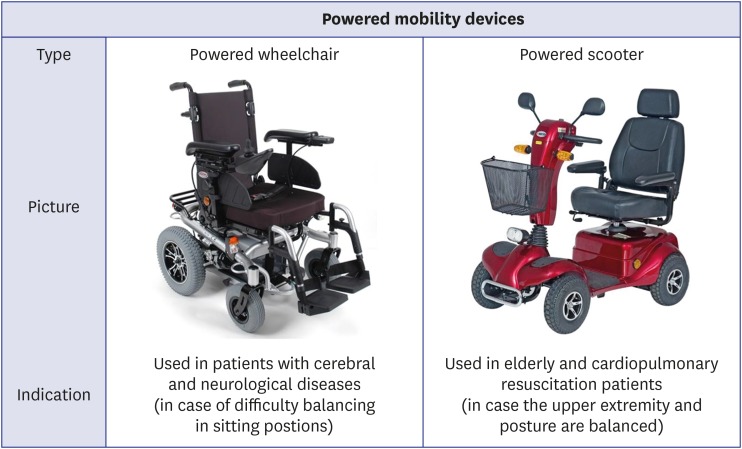
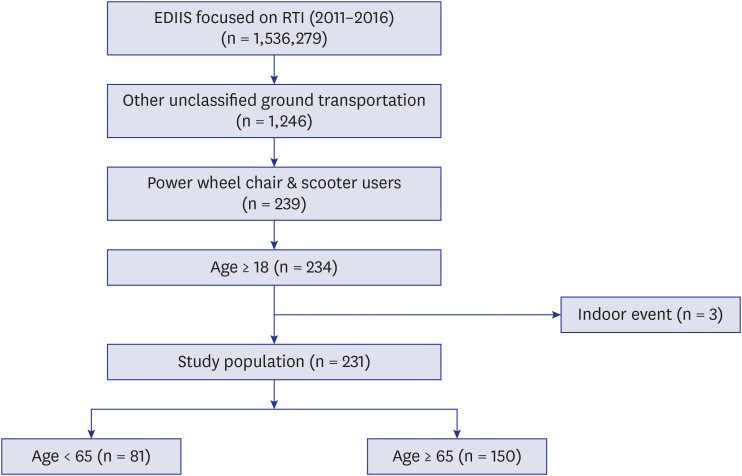
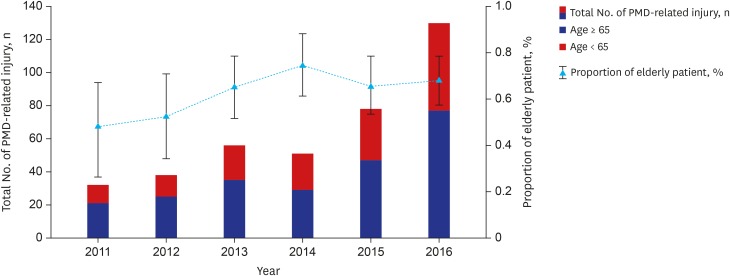
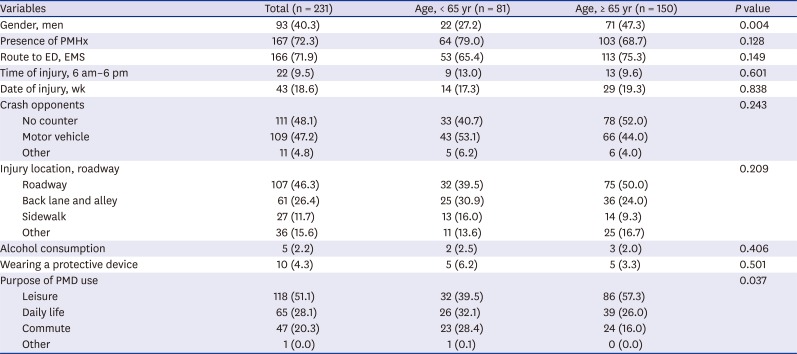






 PDF
PDF Citation
Citation Print
Print



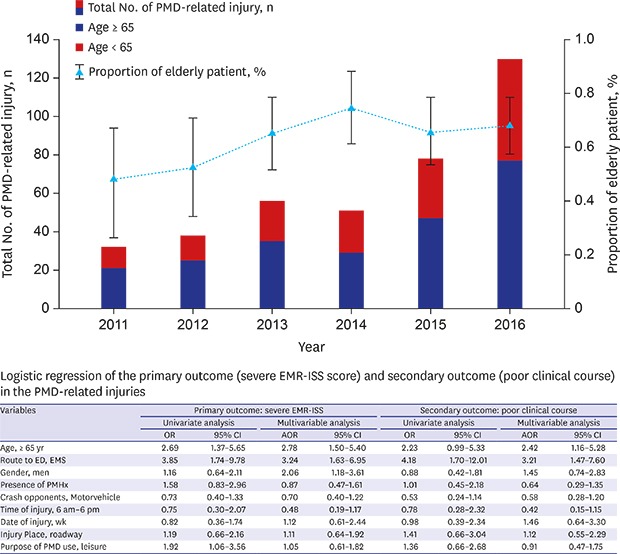
 XML Download
XML Download